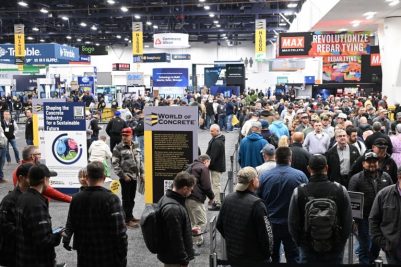CEMEX USA has been awarded a grant from the United States Department of Energy (DOE) to research, engineer and develop a pilot for a breakthrough carbon capture unit. The project, anchored to CEMEX’s Victorville, Calif., plant, will also contemplate cost-competitive solutions to completely close the loop on current carbon emissions.
Led by nonprofit research institute RTI International, the initiative also includes UK-based Carbon Clean and the Oak Ridge National Laboratory in Tennessee. The goal of the consortium is to increase efficiencies and value in CEMEX’s overall building material fabrication process, while significantly reducing its carbon footprint through the leverage of technological upgrades.
The specific objectives of the project also include the development, optimization and scaleup of specific CO2 capture process components, as well as incorporation of next-generation non-aqueous solvents. Integration aspects with the Victorville cement plant are also planned to be covered, together with subsequent cost evaluations and technical considerations for the transformation of captured CO2 into new marketable products.
“CEMEX is committed to being part of the solution to reduce carbon emissions globally and to deliver net-zero CO2 concrete to all of our customers by 2050,” said Jaime Muguiro, CEMEX USA president. “We cannot achieve these without innovative technology and collaborative relationships with both public and private organizations who share a commitment to climate action. This grant gives us an excellent opportunity to further develop a new technology to help us all reach our goals.”
“The development of this highly disruptive CO2 capture technology could accelerate industry adoption and thereby significantly reduce industrial emissions,” added Paul Mobley, research chemical engineer at RTI.
CEMEX announced last year its Climate Action strategy, defining a global target of a 35% reduction of CO2 emissions per ton of cementitious products by 2030.



